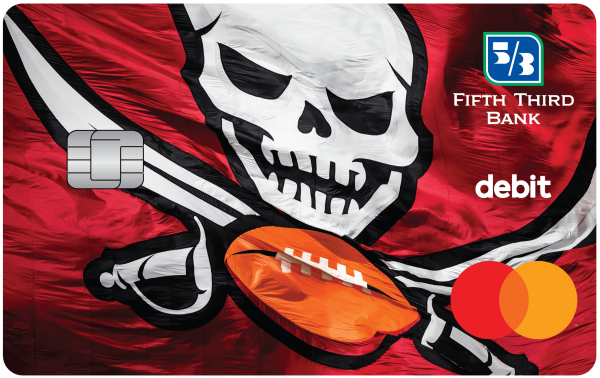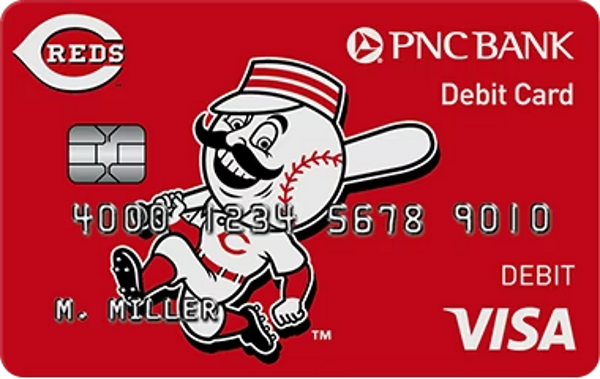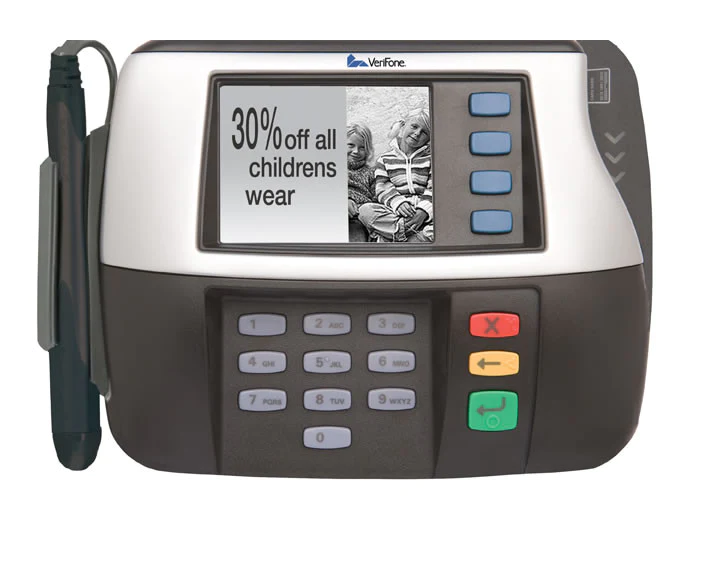
The widespread use of credit cards today appears to be second nature. When you leave the house, you grab the essentials: keys, a phone, and your wallet.
Along with your ID and other necessary cards, you may have some cash in your wallet, but 79 percent of American adults also have a credit card.
It isn’t easy to imagine a time before the modern credit card. Still, for much of human history, credit systems in which one party lends money or resources to another without expecting immediate repayment were handled either verbally or in some form of ledger.
Any form of “credit card” did not exist until the early 1800s, and even then, it was in the form of heavy metal plates rather than the sleek plastic (or completely digital) design we enjoy today.
Join the Accepted Platinum Credit Card Rewards Program!
Table of Contents
The Ancient History Of Credit
Credit-based economies predate the invention of money. Almost all economic transactions took place during the Bronze Age on what we now call a line of credit.
This credit system existed because the time between planting a crop and harvesting it was spread out over months.
According to American economist Michael Hudson, our forefathers would frequently incur debt while their crops were growing, which they would then repay when harvest time arrived.
The first recorded transaction that laid the groundwork for our modern credit card system took place over 5,000 years ago when Mesopotamia used clay tablets to trade with the neighboring Harappan civilization.
Take a few thousand years forward to the early 1800s in the United States, and you’ll find more examples of credit card-like systems.
Merchants in the burgeoning Wild West used the invention of credit coins and charged plates to extend credit to farmers until their crops were harvested for the season.
The Invention Of Credit Cards
According to historian Jonathan Kenoyer, the ancient Mesopotamians used clay tablets to trade with the Harappan civilization more than 5,000 years ago.
The concept of using a worthless instrument to represent banking transactions dates back even further.
The tons of copper that each civilization would have had to melt down to produce ancient coins would have been a lot easier to meltdown if they had used a slab of clay with seals from both civilizations.
The Evolution of Credit Card Technology
Credit cards initially functioned similarly to previous medals, coins, and plates. Merchants would simply imprint the card, which would be familiar to anyone who recalls how common credit card purchases were in the 1990s.
By the 1980s, however, many cards had a magnetic stripe on the back that could be read by specialized computer equipment that was cutting-edge at the time.
A magnetic stripe is considered primitive by today’s standards, as the information stored on it isn’t even encrypted.
Credit cards with embedded computer chips are displacing magnetic stripes in the same way that imprinting displaced magnetic stripe readers.
EMV smart chips are embedded computer chips that enable encrypted two-way authentication between a merchant’s credit card terminal and the payment processing network.
This technology was developed in the 1990s and has been widely adopted in Europe for the past 20 years.
However, America’s migration to EMV-enabled cards and readers has only taken place in the last five years.
When compared to simple magnetic stripes, the encrypted communications make it far less vulnerable to hackers, and the computer chips are far more difficult for criminals to counterfeit.
However, as wireless payment technologies are rapidly integrated into smartphones, watches, and other wearable platforms, some industry experts believe the era of EMV smart chips may be short.
Finally, many people envision a day when biometric authentication will allow customers to charge purchases with their fingerprints or retinal scans, rather than having to carry around a card or other device containing their account information.
We’ve come a long way since the days of charging with metal coins, and the cards in your wallet may become obsolete in the near future as well.
The Future of Credit Cards
Like any technology-based industry, credit card advancements continue to shape the future of credit card use by consumers and the products and services that credit card issuers can provide.
There are numerous ways that blockchain technology and credit cards can work together in the payment industry.
Instead of cashback or points, some credit cards give users the option of receiving cryptocurrency as a reward.
Select cryptocurrencies can be purchased with a credit card in some cases. Businesses may soon abandon their current methods of recording transactions due to the immutability provided by blockchain technology as a recording ledger.
Users’ preference for mobile wallets and wearable devices will likely lead to an increase in the use of contactless payment technology, which saw a surge in use after Covid’s launch.
When assessing a credit card application, issuers will likely continue to shift away from the limited data points provided by credit reports and incorporate more holistic information about an applicant using artificial intelligence.
Join the Accepted Platinum Credit Card Rewards Program!
Related Question And Answer
When were credit cards first used?
1950 The Diners’ Club, Inc., introduced the first universal credit card in 1950, which could be used at a variety of locations. The American Express Company established another major card of this type, known as a travel and entertainment card, in 1958.
What was the first ever credit card?
What was the first ever credit card? The modern credit card can be traced back to the founding of Diners Club in 1950, which was the first charge card that could be used at multiple retailers. Diners Club was a modern take on an old tradition.
How did credit cards work in the 1950s?
When Ralph Schneider and Frank McNamara founded Diners Club and issued its first cards in 1950, they created the first credit-card-like payment method. But this wasn’t a credit card in the traditional sense. It was a charge card, which required the cardholder to pay off the entire balance each month.
Why did credit cards start?
Why did credit cards start? A New York-based businessman, Frank McNamara, was having dinner with his wife when he suddenly Frank McNamara, a New York businessman, was having dinner with his wife when he suddenly realized he had forgotten to bring his wallet. Following that dinner night, McNamara had the idea for a service that would allow people to simply sign and pay later.
Are old credit cards worth anything?
Older cards, as well as cards in excellent condition that have never been signed, are generally worth more money, according to the group’s rules. In general, rare credit cards are more valuable, especially if they feature a celebrity or have a unique feature.
When were credit cards introduced in Australia?
1974 Credit cards, in fact, were first introduced in Australia in 1974 by Bankcard, making them only 47 years old.
Did credit cards exist in the 60s?
Credit Cards in the Beginning These products paved the way for the first true credit cards, which were issued in 1950 by Diners Club and 1958 by BankAmericard. Diners Club issued its first plastic credit card in 1961, and by the early 1960s, it had surpassed one million members.
How did credit cards work in the 80s?
Many major retailers in the United States accepted credit cards using a knucklebuster – a hand-operated device that took a carbon-copy impression of the customer’s credit card and printed a receipt for them to sign – back in the 1980s.
What credit cards were used in 1970?
People flocked to the credit card because it offered a significant advantage over previous forms of credit, such as installment credit. In the early 1970s, retail-based cards – such as those from major department stores – were the most popular. In the decades that followed, bank-issued cards became increasingly popular.
When did credit cards come out in Canada?
By the early 1970s, Bankamericard, dubbed “Chargex” by Canadians, was the only major international bank card system in the country. It was founded in August 1968 and had 3.2 million cardholders and 50,000 merchants in the country at the time.




There’s certainly a great deal to know about this topic. I really like all of the points you made.